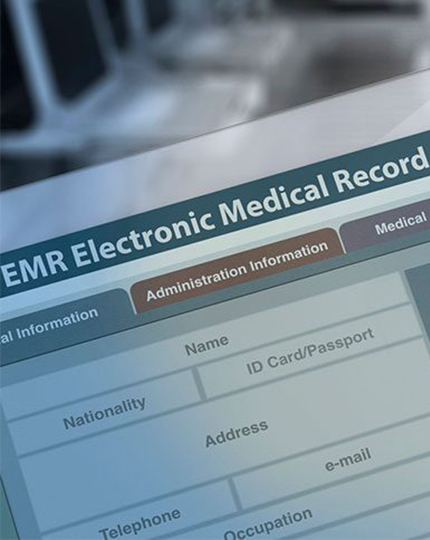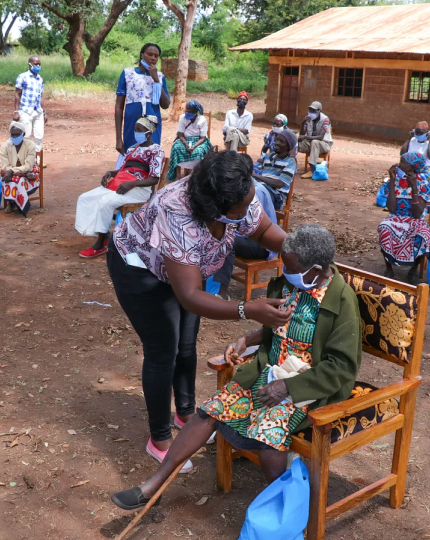Medical missions have been a vital component of global health for many decades. Medical professionals, volunteers, and non-profit organizations travel to underprivileged areas worldwide, providing essential medical services and supplies to those who lack access to them. These missions have been crucial in bridging the gap in healthcare access between developed and developing countries, and they have saved countless lives.
However, medical missions come with their challenges. They are often expensive, require extensive planning and coordination, and may face cultural and logistical barriers. Additionally, the COVID-19 pandemic has made it even more challenging to travel and provide medical services in person. Telehealth, or the use of technology to provide healthcare remotely, has emerged as a potential solution to these challenges and may represent the future of medical missions.
Benefits of Implementing Telehealth in Medical Missions
Telehealth has been around for some time, but its potential has never been fully realized until recently. The COVID-19 pandemic has accelerated the adoption of telehealth, with many healthcare providers and organizations pivoting to remote care to continue serving their patients during the pandemic. Telehealth has proven to be a convenient and effective alternative to in-person care, and its benefits extend beyond just the pandemic.

1. Cost Effective
Telehealth has the potential to revolutionize medical missions by addressing many of the challenges that come with in-person care. One of the biggest advantages of telehealth is that it is significantly cheaper than in-person care. Medical missions require travel, lodging, and other expenses that can add up quickly. With telehealth, medical professionals can provide care from their homes or office, eliminating the need for travel and other related expenses.
2. Logistical Barriers
Telehealth can also help overcome logistical barriers that can make medical missions difficult. In some cases, medical missions may be delayed or canceled due to issues such as visa restrictions, political instability, or natural disasters. Telehealth can provide a way to deliver care to those in need despite these barriers. As long as patients have access to a computer or smartphone, they can receive care from anywhere in the world.
3. Linguistics and Cultural Barriers
Another advantage of telehealth is that it can help overcome cultural barriers that can make it challenging to provide care in some regions. Medical professionals may face language barriers or cultural differences that can make it challenging to connect with patients. Telehealth can help address these challenges by allowing medical professionals to work with interpreters or translators remotely. This can help bridge the gap between healthcare providers and patients and ensure that patients receive the care they need.
4. Improved Quality Care
Telehealth also has the potential to improve the quality of care provided during medical missions. In-person medical missions often have limited resources, and medical professionals may need to work with limited equipment or supplies. With telehealth, medical professionals can access a wealth of resources and information online, allowing them to provide more comprehensive care to their patients. Additionally, telehealth can enable medical professionals to consult with specialists and other healthcare providers remotely, improving the accuracy and effectiveness of their diagnoses and treatment plans.
5. Follow-Ups
Finally, telehealth can provide a way to maintain continuity of care after medical missions are completed. In many cases, medical missions are short-term initiatives that may only last for a few weeks or months. After the mission is over, patients may not have access to continued care or follow-up appointments. Telehealth can provide a way for medical professionals to continue providing care to patients remotely after the mission is over. This can help ensure that patients receive the ongoing care they need and prevent medical conditions from worsening.
How Does the Future Looks like?
Considering the enormous potential telehealth and virtual health technologies present in improving medical missions, we can confidently say that there’s no doubt to the future of this industry. Apart from being cost-efficient and easy to implement, telehealth also proposes a plethora of new possibilities which were unimaginable just a few years ago.
However, despite the many benefits of telehealth for medical missions, there are some challenges that must be addressed. One of the most significant challenges is ensuring that patients in underprivileged areas have access to the technology required for telehealth. Many people in developing countries may not have access to computers, smartphones, or reliable internet connections, which can make it challenging to provide telehealth services. Healthcare innovators have to keep in mind factors like such moving forward.
Want to Know More?
If you’re interested in learning more about the future of telehealth in the field of medical missions, contact us at Ophy Care. We are a telehealth infrastructure company dedicated to improving healthcare provision and access to underserved populations around the globe through technology and innovations.


